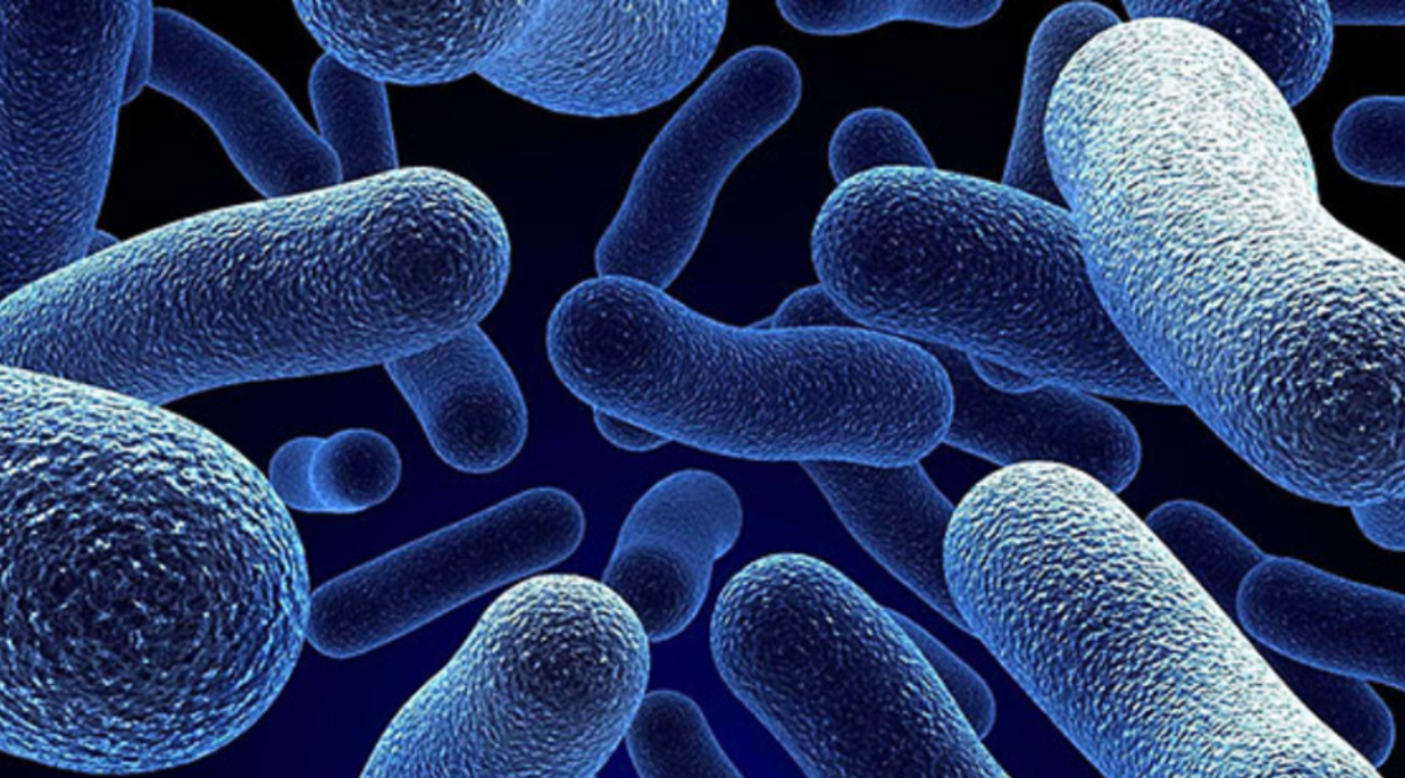Combining prebiotics and probiotics is the latest advancement in gut health known as “postbiotics.” Here’s what they are and why they are important.
When it comes to our health, many of us are familiar with prebiotics and probiotics, along with their significant benefits for our digestive health, although distinguishing between the two can be challenging. But what about postbiotics?
In short, probiotics are living microorganisms, often referred to as “good bacteria,” that we consume through food to promote a healthy gut microbiota – the vast collection of trillions of bacteria typically residing in our intestines.
Probiotics such as Lactobacillus and Bifidobacterium, also known as lactic acid bacteria, are found in fermented foods, including yogurt, sauerkraut, certain cheeses, and certain fermented beverages, as well as dietary supplements.
Prebiotics are what probiotics feed on, primarily plant-based materials in our diet that are indigestible, including fibers that can only be utilized by probiotics and gut microbiota.
Fruits such as bananas and apples, vegetables like Jerusalem artichokes, leeks, and asparagus, onions, garlic, as well as certain grains, nuts, and legumes are rich in prebiotic compounds.
Certain combinations of probiotics and prebiotics can be used together to enhance the beneficial effects of probiotics when consumed, and these are known as synbiotics.
So what are postbiotics? As the name suggests, postbiotics are what is generated after the digestion of certain foods. They are the breakdown products or “metabolites” following the digestion of prebiotics and fiber-rich compounds by probiotics and our gut’s resident microbiota.
The colon, the lower part of our digestive system, is where many postbiotics are produced as the microbiota and the food we eat go through a phase called colonic fermentation in the colon.
One important thing that happens during colonic fermentation is the breakdown of non-digestible prebiotic and fiber substances in our diet by gut microbiota. This produces beneficial compounds for our health like short-chain fatty acids, certain vitamins (Vitamin B and K), amino acids, and antimicrobial peptides that prevent the growth and activities of harmful bacteria.
Even certain carbohydrate substrates known as secreted polysaccharides and exopolysaccharides produced by these bacteria provide various beneficial effects, thus considered postbiotics.
However, since the concept of postbiotics is relatively new, the process of defining them is still a work in progress. In our article in Nature Reviews Gastroenterology & Hepatology, we discuss the definition of probiotics and their importance in helping consumers understand which products have health-promoting properties.
Benefits of postbiotics In general, postbiotics can provide similar benefits to probiotics and prebiotics.
But the advantage of postbiotics is that they can provide these benefits even without any side effects that probiotics and prebiotics may have. For example, some people might experience temporary discomfort due to increased gas and bloating after consuming probiotics and prebiotics.
So you can take postbiotics as supplements if you cannot tolerate or dislike consuming probiotics and prebiotics.
One well-known benefit of postbiotics is their ability to shift our gut microbiome toward a healthy composition. Research has shown that beneficial postbiotic compounds can support the growth, activities, and functions of probiotics and gut microbiota.
It’s more like a boosting effect, so that our gut microbiota, which plays a crucial role in our overall health, can fight against pathogenic microorganisms like Salmonella in our body. Healthy gut microbiota is known to keep us healthy as it can positively influence our overall health.
Postbiotics can also stimulate our immune system. For example, exopolysaccharides produced by Lactobacillus delbrueckii ssp. bulgaricus, one of the starter culture bacteria used to produce yogurt, have the ability to enhance the activity of the body’s natural killer cells.
Similar positive effects on the immune system were shown in a recent study where researchers used exopolysaccharides produced by Lactiplantibacillus plantarum isolated from human breast milk.
Postbiotic short-chain fatty acids produced by the digestion of fiber-rich plant foods can also lower the risk of colon cancer. They are considered cancer-protective metabolites. Some positive effects of postbiotics on breast cancer patients have also been shown.
It is still early days for postbiotic research, with most of these studies being cellular-based lab experiments or performed on animals. However, their applications in humans are promising.
Are dead probiotics useful? For beneficial probiotic effects, they must be live when consumed and travel through our gut. But recent research shows that even if you completely remove the probiotic cells from its growth medium, for example, the food source the probiotics are grown in, the cell-free source can still produce some positive effects, including boosting the immune system.
This appears to be because some postbiotics produced by these probiotics when they are in food remain even if you remove all living probiotics. For example, some exopolysaccharides and vitamins remain active and do not degrade in the food before we consume them.
Some dead probiotics and their cell components have also been shown to provide beneficial effects. But much more research needs to be done in this area.
How to harness the benefits of postbiotics As the field of probiotics is still growing, there will be a lot more to discover in the coming years.
For now, the best thing we can do for gut health is to consume probiotic-containing foods like yogurt and sauerkraut because they contain both the postbiotics that have been produced during processing and storage as well as the living probiotics, which will continue to release more postbiotics in the gut.
Including prebiotic-rich plant foods in the diet will then add to these health benefits, providing the food for probiotics as the first step towards a healthy gut microbiome.


